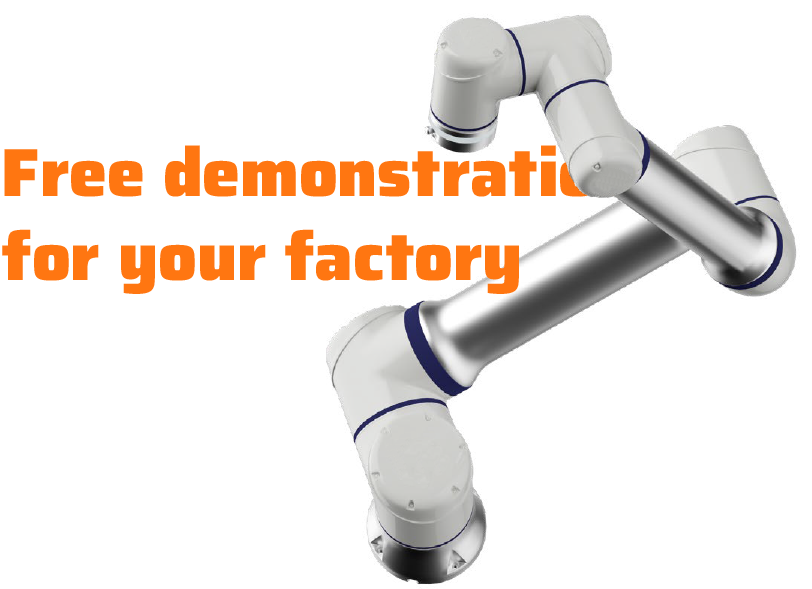To overcome workforce challenges and develop a synchronized and sustainable production process, many manufacturers have shown a particular interest in Autonomous Mobile Robot (AMR) solutions. However, there are various types of AMR robots available in the market. How do you choose the right one to meet your specific needs? How do you identify those needs? How do you initiate a project to implement AMR robots into the manufacturing process and smart inventory management? Let’s follow the article below. Rozitek will guide customers through the detailed and practical steps to start an AMR project:
- . Evaluate Current Operations
The first step in deciding whether to start an AMR project is to determine the current state of your factory. Conduct a comprehensive assessment of your factory’s operations based on data and reports, as well as direct observation. During this step, the project leader, often from the Continuous Improvement or Lean Production department, needs to answer several questions:
- What is the current production process like?
- Which processes are the most time-consuming?
- Which processes are the least efficient?
- How is the information about operations stored?
- How does management control the production process?
- What is the transition time between different stages?
These questions depend on the production processes of each company. The ultimate goal of this evaluation is to identify the production stages that can be addressed with robots and machinery.
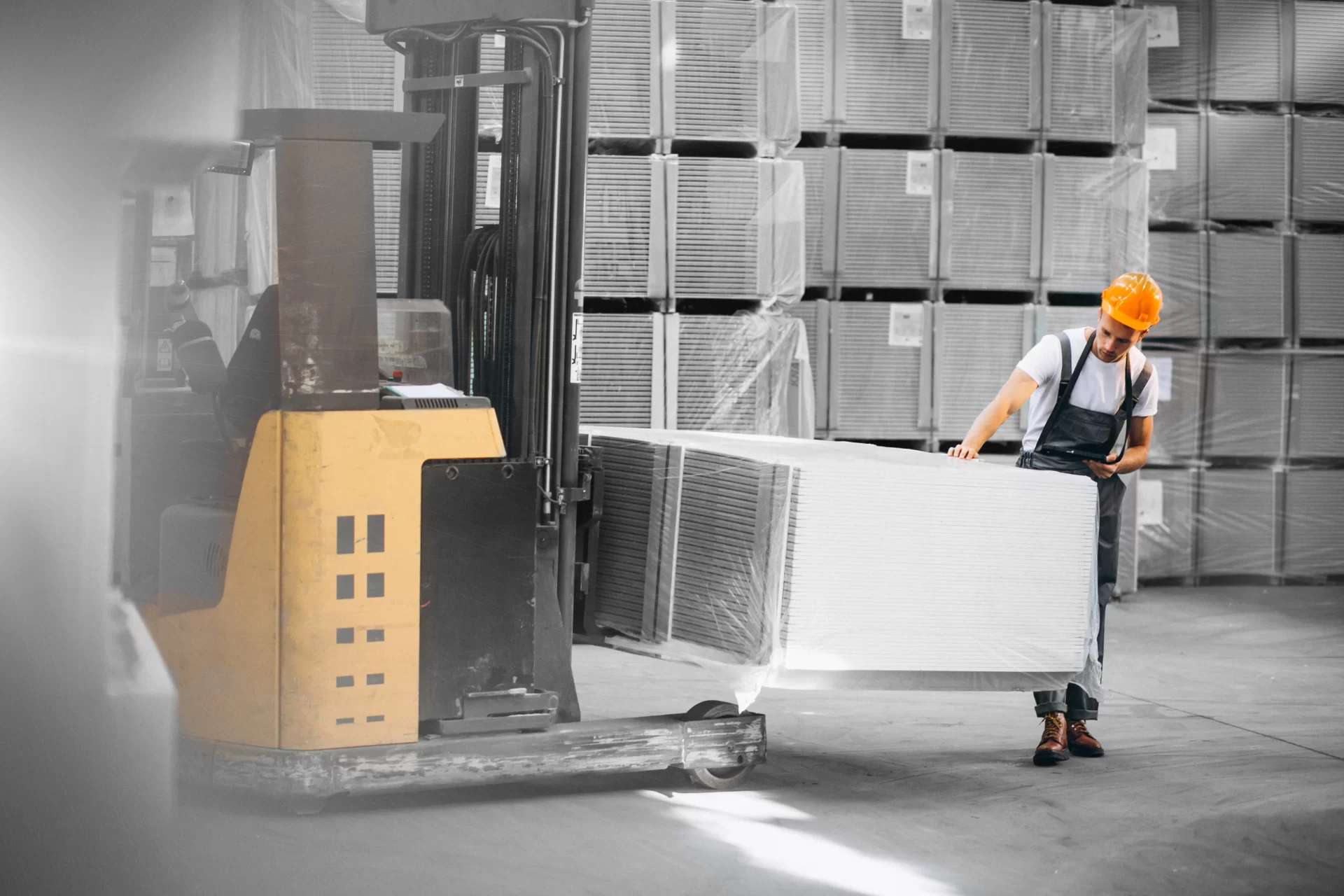
2. Define Objectives
After identifying any lingering issues, clearly define the objectives you want to achieve by implementing an AMR project in the current production process. What is the ultimate goal of this implementation: freeing workers from strenuous tasks, optimizing information management and material flow, enhancing production capacity to meet customer demands? For each different objective, the deployment approach should revolve around that goal, making it the central focus for decision-making. The project’s success will be measured against these initial goals. If possible, quantify these objectives, which will make it easier for management to evaluate the project’s effectiveness after completion and make informed decisions for the future.
An AMR implementation project can have multiple objectives, and there are solutions that can meet all of these goals. Consider Rozitek’s smart factory solutions when making your choice.
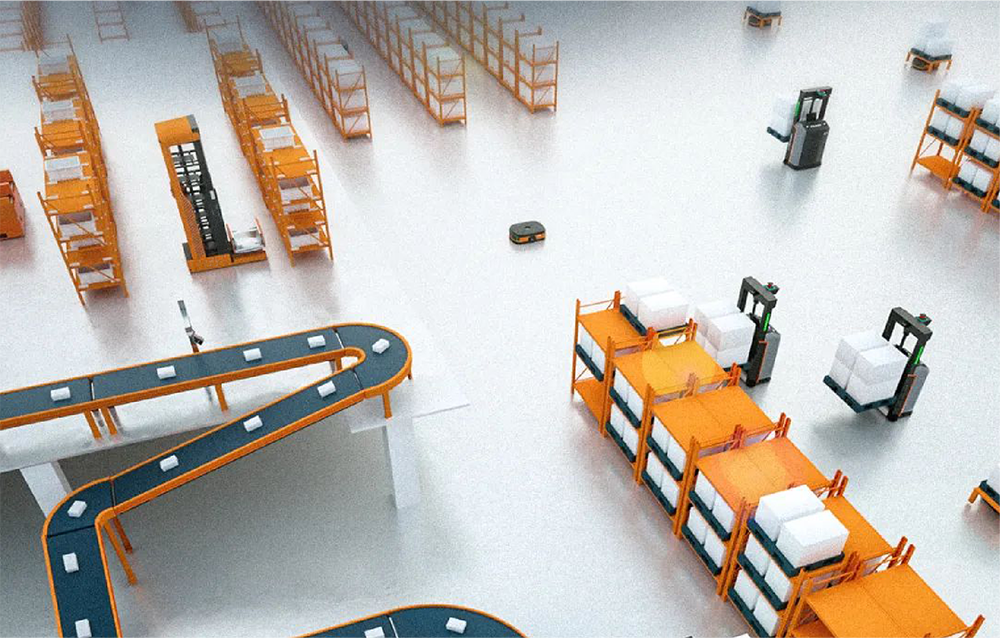
3. Determine Budget
How much should your budget be to achieve those important objectives you set? To answer this question, rely on the following three factors:
- What are the project’s objectives?
- For the set objectives, what are the service prices and product costs in the market?
- What portion of the market price can your company’s financial situation afford?
This is the most common method for determining the budget for AMR robot investments. To get more specific, you can prioritize objectives and equivalent costs. The cost range should accommodate objectives from minimum to full achievement.
4. Choose Suitable AMR Robot Applications
Based on your identified objectives, select the suitable areas for applying AMR robots by answering some simple questions:
- Where will the robot operate?
- What are the main tasks of the AMR robot? Which stages will it transport goods to? What is the travel distance? How will the robot interact with workers? Does the AMR robot management system need to integrate with the factory’s management system?
- Besides transporting goods, what other tasks should the robot system perform (data collection, inventory management, data analysis, etc.)? Clear answers to these questions from the Continuous Improvement department will facilitate the selection of the right supplier and product. If you can’t list all these requirements at once, you can contact reputable solution providers like Rozitek. High-level solution providers understand their customers’ needs and will assist you in choosing the most suitable solutions.
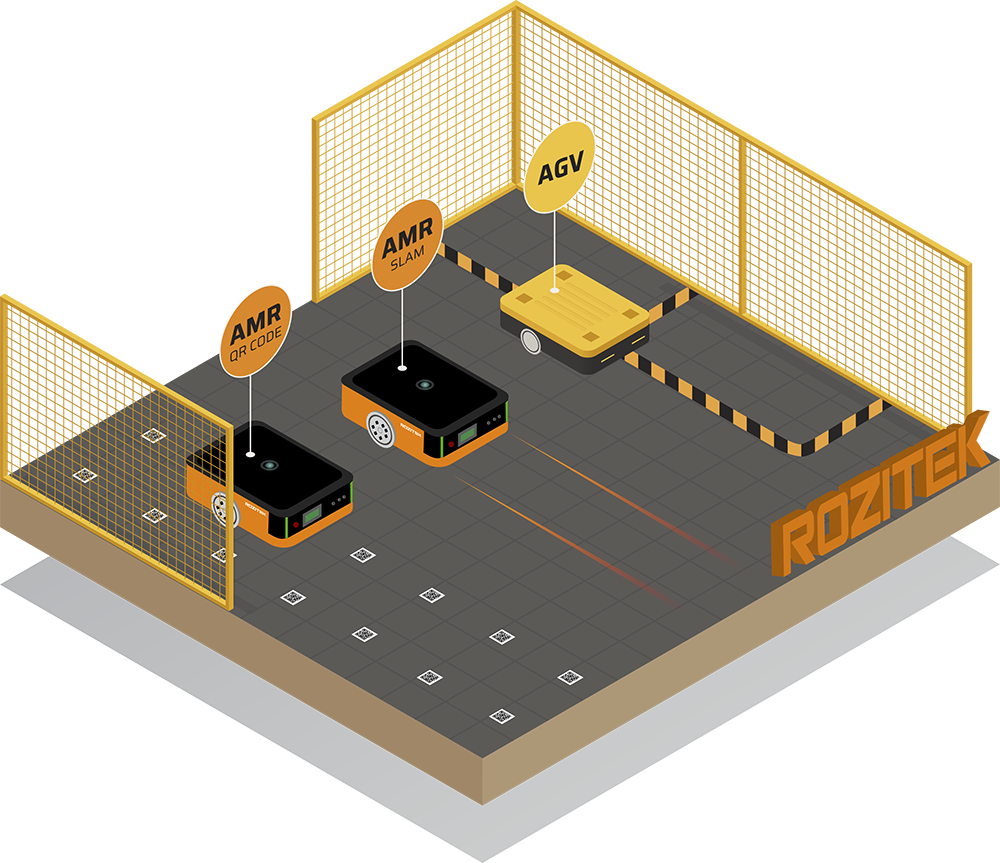
5. Choose the Appropriate Supplier
Selecting the right supplier is crucial and will largely determine the success of your AMR project. How can you decide which supplier is capable, experienced, offers good technical support, and can provide long-term support? Consider the evaluation chart below. Quantifying the scores is the most transparent and straightforward way to select the right automation solution provider.

6. Solution Design
Detailed solutions for AMR projects are usually executed by solution providers. They will offer suitable solutions based on your specific requirements. A complete and detailed solution requires collaboration from various parties. Solution providers with a broad and diverse technology ecosystem are advantageous.
For example, to have an AMR robot automatically pick up, update information about goods into the system, return empty shelves to the consolidation area, automatically go to the charging point, and communicate with humans and other machinery, the solution provider must have knowledge not only about AMR operation but also about the integrated components, software development, mechanical structure, and customer-specific research.
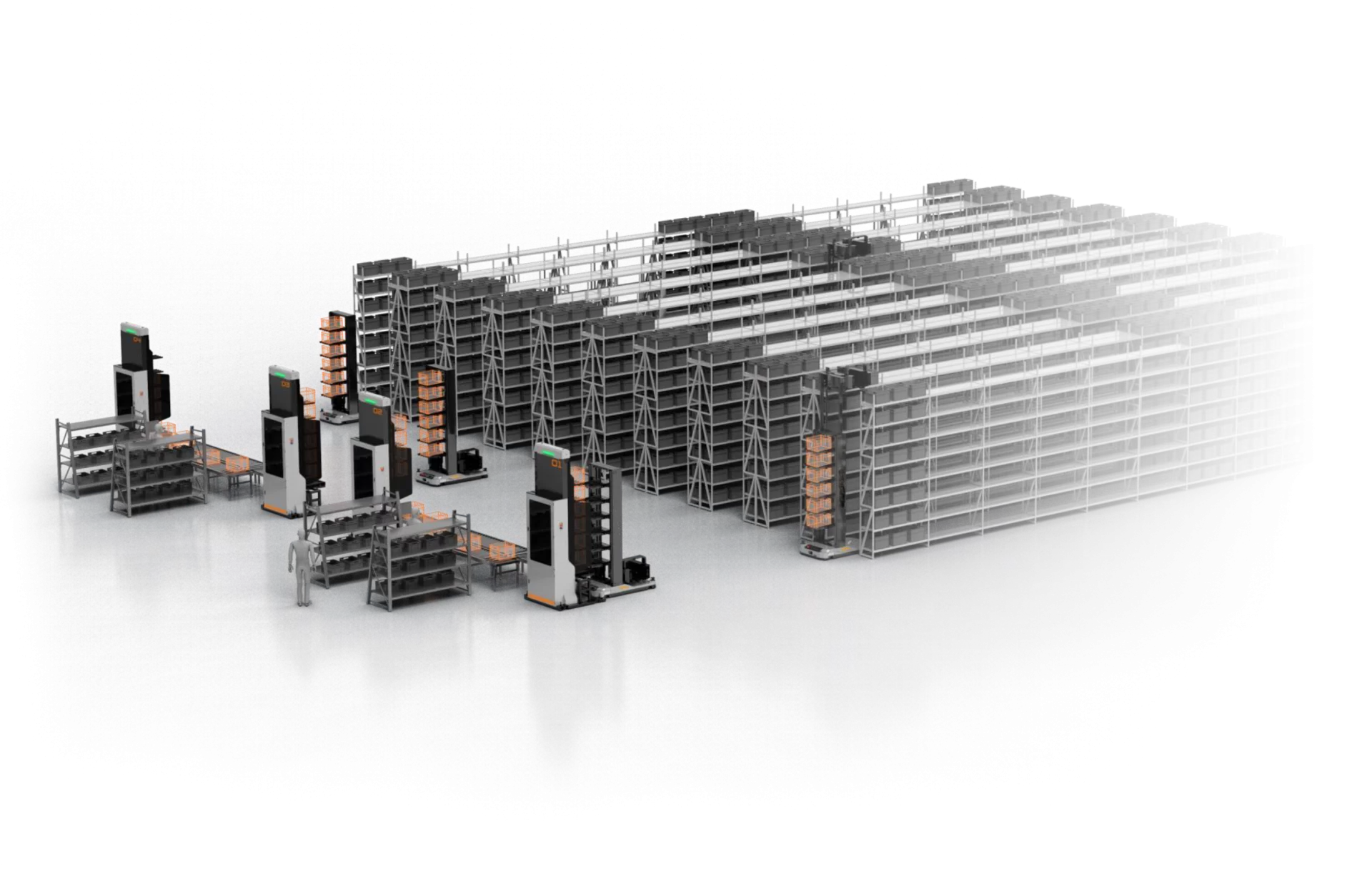
7. Test AMR Robots in a Real Factory Setting
Software solutions help you visualize the new and efficient process. However, testing will allow your business to ensure the benefits and identify any issues before making a final decision to adopt such a solution. A successful project is not only proven on paper but in practice. Rozitek offers free on-site testing at your factory. We want to demonstrate our integration capability and the ability to solve practical, complex issues. Contact us today to receive free consultation and testing for your factory.
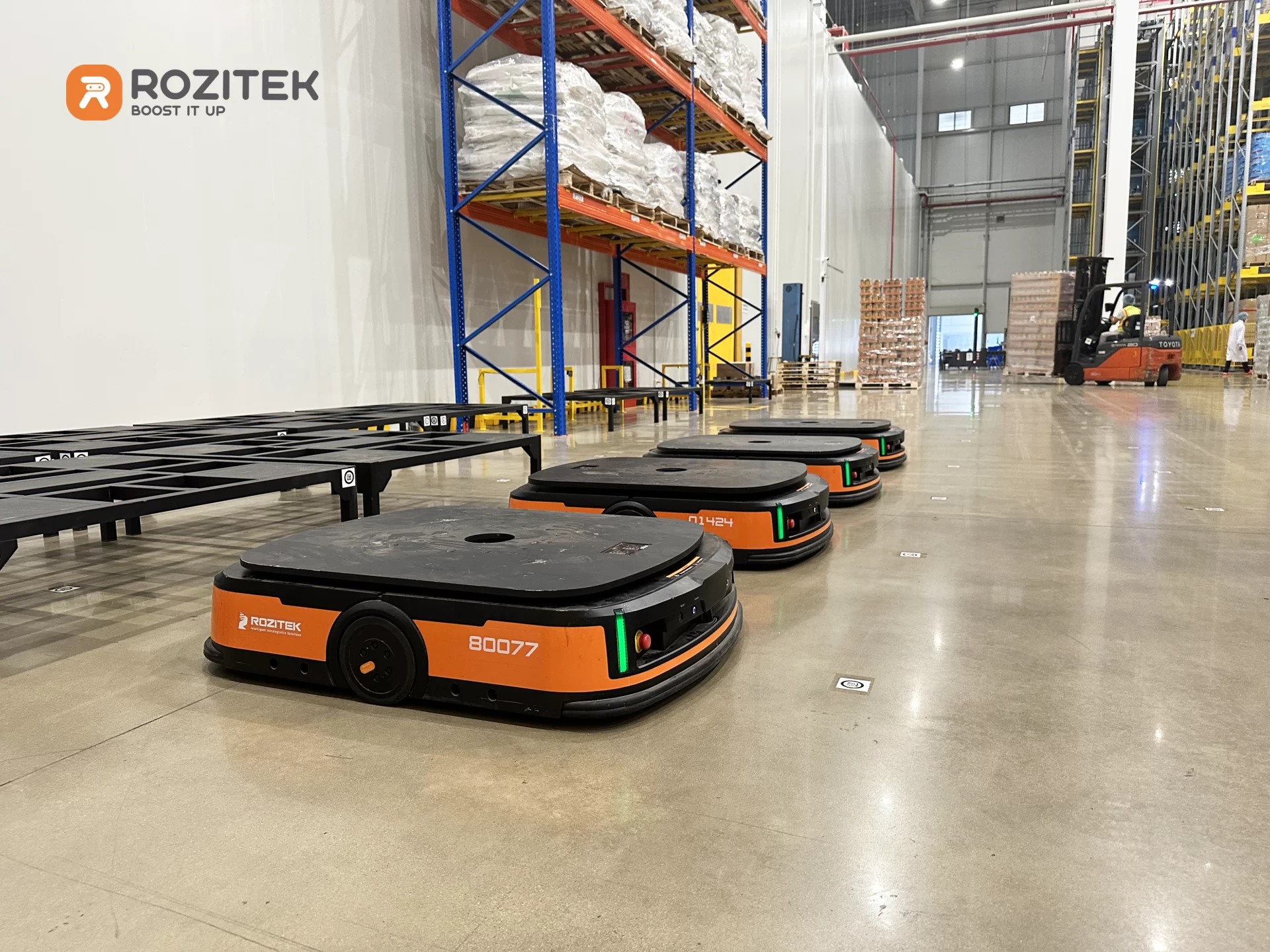
8. Calculate Return on Investment (ROI)
However, the cost and terms should be carefully considered. Working with both customers and technology partners for many years, Rozitek has some considerations for managers when weighing costs and contract terms:
- Price:
- Meet the requirements and objectives set from the beginning.
- Meet the budget constraints.
- Terms and conditions:
- This is a crucial part of the contract. Robots and automation systems require regular maintenance to ensure that the production process goes smoothly. In addition, legal, data security, warranty, and other terms require careful attention. So, alongside price comparison, pay attention to contract terms.
Choosing a domestic supplier may sometimes result in higher costs than direct imports. However, consider all the costs that arise after the purchase is completed. Sometimes, additional fees can become a significant burden for the company in the future.

9. Price Negotiation and Contract Terms
However, the cost and terms should be carefully considered. Working with both customers and technology partners for many years, Rozitek has some considerations for managers when weighing costs and contract terms:
- Price:
- Meet the requirements and objectives set from the beginning.
- Meet the budget constraints.
- Terms and conditions:
- This is a crucial part of the contract. Robots and automation systems require regular maintenance to ensure that the production process goes smoothly. In addition, legal, data security, warranty, and other terms require careful attention. So, alongside price comparison, pay attention to contract terms.
Choosing a domestic supplier may sometimes result in higher costs than direct imports. However, consider all the costs that arise after the purchase is completed. Sometimes, additional fees can become a significant burden for the company in the future.
10. Installation and Training
The process of installing AMR robots into the production line is the result of the efforts of both the manufacturer and the solution provider. At this stage, manufacturers should focus on observing the proposed solution in comparison to the actual installation. The actual installation process may raise new issues, possibly leading to delays in installation. This is where the solution provider’s capabilities come into play. Rozitek has demonstrated the ability to solve issues in large projects thanks to our experienced and knowledgeable team of engineers.
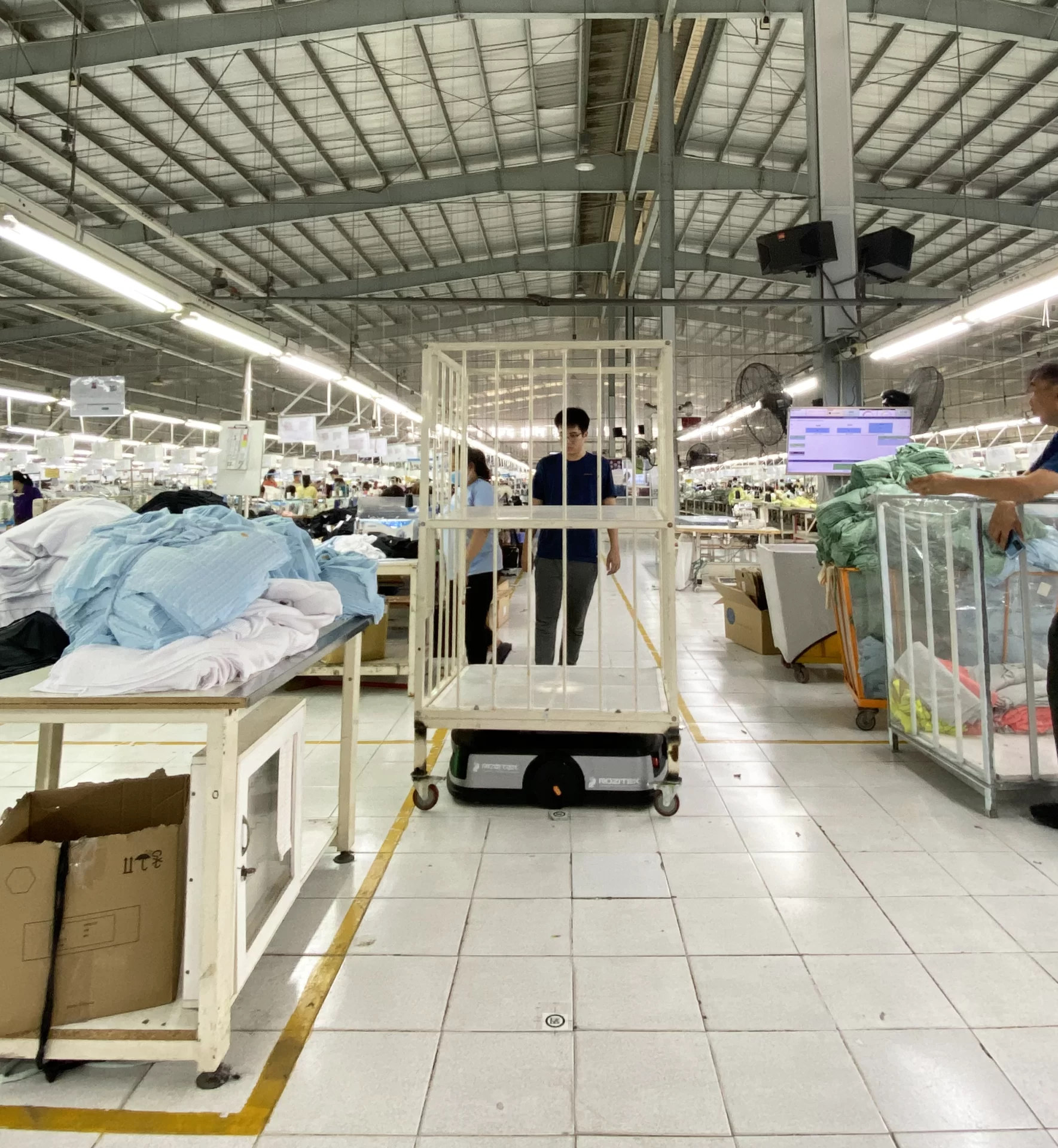
11. Project Summarizing
After the AMR system has been put into operation, we reach the final steps of a successful automation project. Review the entire process, and store the information in writing. Analyze and draw lessons from your experience so that future projects can be even more successful. Moreover, compare the effectiveness before and after having the AMR system. It’s an old formula, but quantify all the benefits your business gains and compare them with the costs. This is the clearest evidence of a successful project.
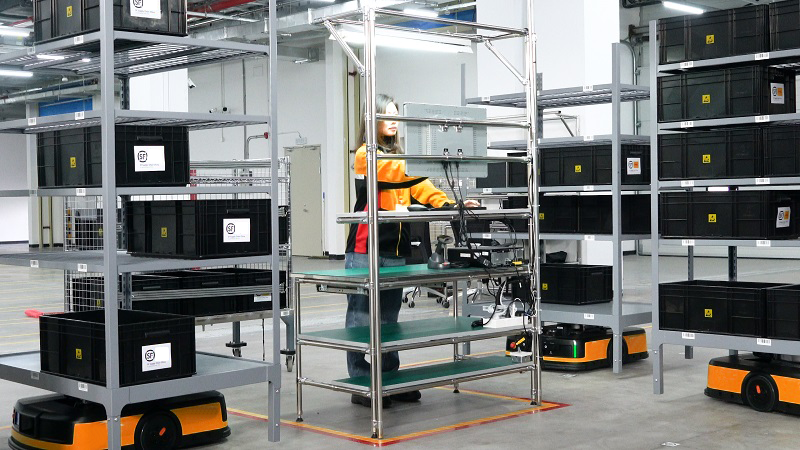
Start your journey to optimize your production processes and enhance efficiency with our Autonomous Mobile Robot (AMR) solutions. Contact Rozitek now for a free consultation on how to implement AMR technology in your factory. We will assist you in assessing, selecting, installing, and training your workforce, ensuring that your automation project achieves the success you’re looking for. Contact us today to explore new opportunities and improve your production performance!

